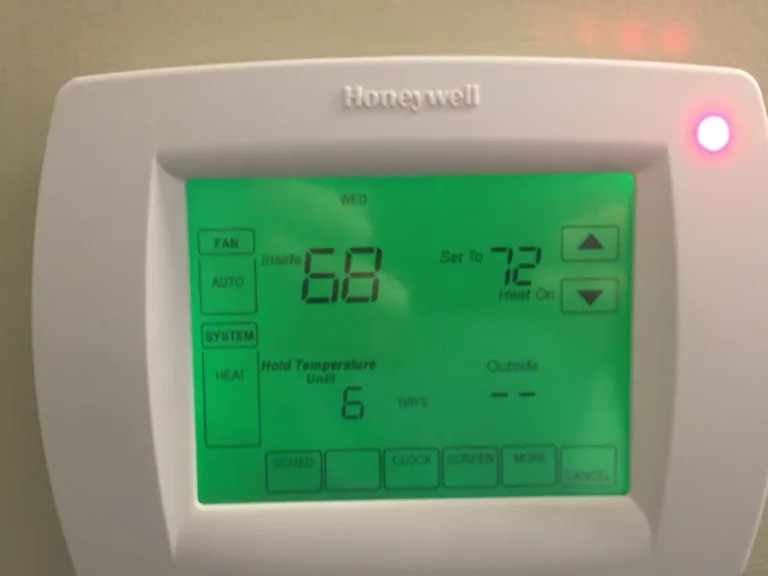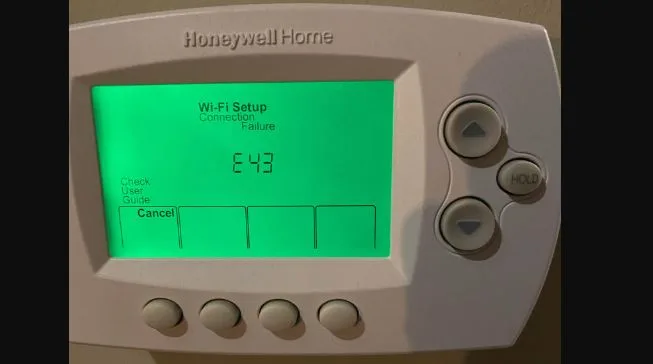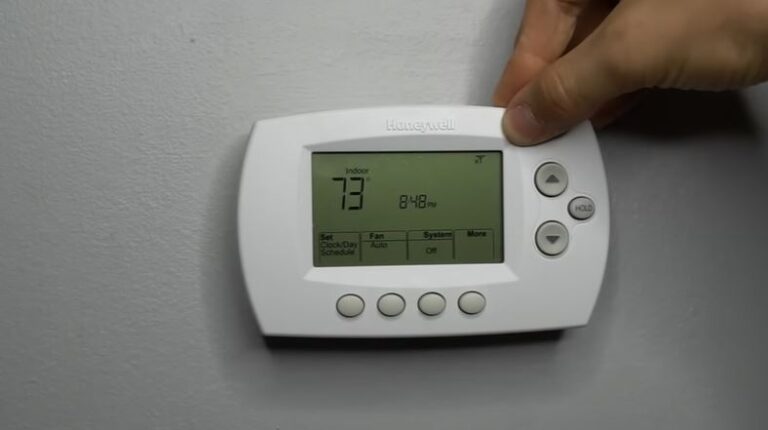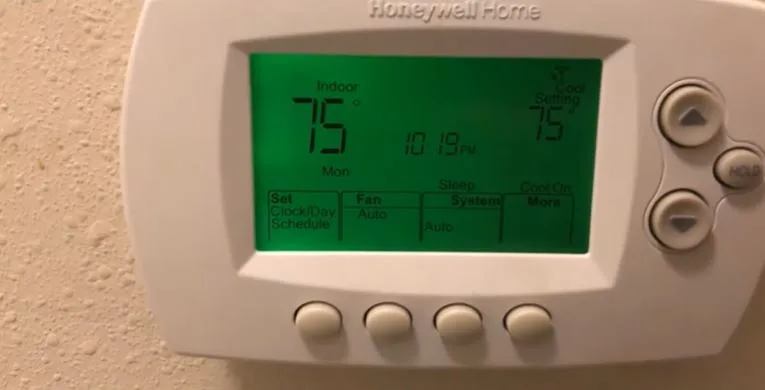What Does Reco Mean On Thermostat?
If you’ve ever looked at your thermostat and seen the term “reco,” you may be wondering what it means. “Reco” is actually short for “recovery mode,” which is a setting on your thermostat that can help you reach your desired temperature more quickly. Understanding the meaning of “reco” is important if you want to use your thermostat effectively and save energy and money on your heating and cooling bills.

In this blog post, we’ll explain what recovery mode is, how it works, and how you can activate it on your thermostat. We’ll also discuss the benefits and potential downsides of using recovery mode, as well as other thermostat settings you may want to consider. By the end of this post, you’ll have a better understanding of what “reco” means on your thermostat and how you can use this feature to optimize your home’s temperature and energy efficiency.
What Is Recovery Mode on a Thermostat?
Recovery mode is a feature on many thermostats that allows you to adjust the temperature in your home more quickly by activating your heating or cooling system in advance of your scheduled program. For example, if you have a programmable thermostat set to warm your home to 70 degrees Fahrenheit at 6:00 AM, and the temperature in your home is currently 65 degrees, recovery mode will activate your heating system a little earlier, so that your home reaches the desired temperature at the scheduled time.
Benefits of Recovery Mode on A Thermostat
The benefit of recovery mode is that it allows you to ensure that your home is at a comfortable temperature when you need it to be, without having to wait for your system to heat or cool your home from its current temperature. This can be especially useful in the mornings or when you return home from work, as you don’t have to wait for your home to reach the desired temperature before you start your day or relax in the evening.
However, recovery mode can also cause your heating or cooling system to run more frequently, which can lead to higher energy usage and utility bills. Additionally, if you have a less efficient heating or cooling system, or your home is poorly insulated, recovery mode may not be effective in getting your home to your desired temperature in time.
In general, recovery mode can be a useful feature to have on your thermostat, but it’s important to use it judiciously and consider its potential impact on your energy usage and comfort. In the next section, we’ll explain how to activate recovery mode on your thermostat, and provide tips for using it effectively.
Read also: Honeywell thermostat fllowing schedule in reovery mode
How to Activate Recovery Mode on Your Thermostat
A. Step-by-Step Instructions for Activating Recovery Mode on Common Thermostat Models
The process for activating recovery mode may vary depending on your thermostat model, but the following steps should work for many common thermostats:
- Press the “Menu” button on your thermostat. This will typically bring up a list of settings and options.
- Look for the “Recovery” or “Reco” setting in the menu. Depending on your thermostat, this may be listed under “Programs,” “Settings,” or “Options.”
- Use the arrow keys or touch screen to select “Recovery,” and press “Enter” or “OK” to activate it.
- Set the desired temperature and time for the recovery mode to start. This will vary depending on your thermostat model, but you may be able to set a specific time and temperature for each day of the week, or for different periods of the day (e.g. morning, afternoon, evening).
- Save your settings and exit the menu.
- Once you’ve activated recovery mode on your thermostat, your heating or cooling system will start a little earlier than usual, so that your home reaches the desired temperature at the scheduled time.
Tips for Using Recovery Mode Effectively
To use recovery mode effectively, consider the following tips:
Adjust your settings based on your schedule: If you’re typically out of the house during the day, you may not need to use recovery mode in the morning. Similarly, if you’re home in the evenings, you may want to activate recovery mode before you arrive home so that your home is already at a comfortable temperature when you walk in the door.
Consider your home’s insulation and efficiency: If your home is poorly insulated or has an inefficient heating or cooling system, recovery mode may not be effective in getting your home to the desired temperature in time. In this case, you may need to adjust your settings or consider other ways to improve your home’s energy efficiency.
Use recovery mode sparingly: While recovery mode can be useful in ensuring your home is at a comfortable temperature at the scheduled time, it can also increase your energy usage and utility bills if used too frequently. Consider using recovery mode only when necessary, and use other thermostat settings (such as “hold” or “vacation” mode) to maintain a comfortable temperature when you’re away from home.
Other Thermostat Settings to Consider
In addition to recovery mode, there are other thermostat settings you may want to consider to optimize your home’s energy efficiency and comfort. These include:
Programmable schedules: Setting a program for your thermostat can help you save energy by automatically adjusting the temperature when you’re away or sleeping, and bringing it back to a comfortable level when you’re home.
Smart thermostat features: Many newer thermostats come with smart features that allow you to control your thermostat from your phone or computer, and can learn your preferences over time to optimize your home’s temperature and energy usage.
Fan settings: Adjusting the fan setting on your thermostat can help circulate air more effectively, which can improve your home’s comfort and energy efficiency.
By understanding and adjusting these settings, you can optimize your thermostat for your needs and preferences, and save energy and money on your heating and cooling bills.

![Honeywell Thermostat Not Showing Heat Option [Fixed]](https://thermostating.com/wp-content/uploads/2023/02/honeywell-thermostat-pro-series-thermostat.png)


